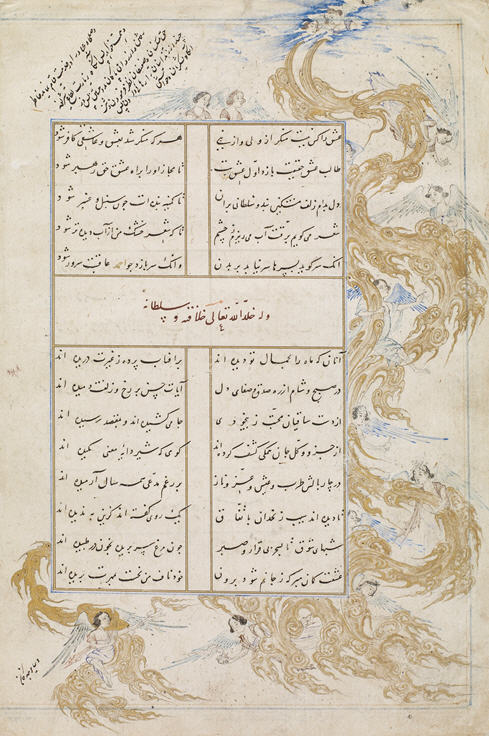Description
Sultan Ahmad (reigned 1382–1410), the last of the Jalayerid rulers, is among the most enigmatic figures in the long and eventful history of Iran. Although menaced by the world-conqueror Timur (reigned 1370—1405), and often at war or on the run, he maintained an astonishingly active artistic circle. A warrior of legendary courage and prowess, he also composed more poems than almost any other ruler. He was cunning, paranoid, and merciless with his enemies, both real and perceived, but incongruously, he wooed and gathered some of the best artists—calligraphers, painters, musicians, and more—at his court and treated them with generosity and even humility. The primary venue in which he and his artistic peers gathered to present their creations was a form of convivium (or symposium) called majlis-i khass (private banquet) or bazm-i ushshaq (lovers’ banquet). In this presentation, Ali Ferdowsi takes a peek into these convivia as reflected in Sultan Ahmad’s poetry.
Ali Ferdowsi is a professor emeritus in history and political science at Notre Dame de Namur University. In addition to authoring dozens of papers in Persian and English, he is a translator of more than a dozen books into Persian, including Spinoza’s Theologico-Political Treatise. He is the author of several books, including Dialogues: Interviews on Literature and Politics, Intellectuals and the Public Space, Hajj Sayyah and the Discovery of Freedom, and Chubak contra God. He is also the editor of Odes from Hafez: The First Discovered Manuscript from the Poet's Lifetime and is the coeditor of Haft-Paykar or Divan Sultan Ahmad Jalayir.
Image: Detail, Folio from a Divan (collected poems) by Sultan Ahmad Jalayir (d. 1410); Angels amidst clouds
Iraq, Baghdad, Jalayirid dynasty, Mongol period, ca. 1400, ink, color, and gold on paper, Purchase—Charles Lang Freer Endowment, Freer Gallery of Art, F1932.33
Register here: https://smithsonian.zoom.us/webinar/register/WN_itSzGsV-RgmzeGxg9brcpA
Cost
Free


